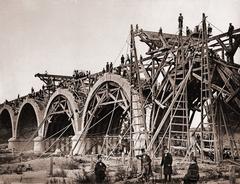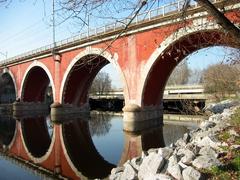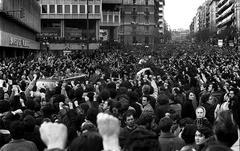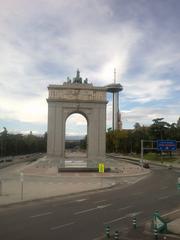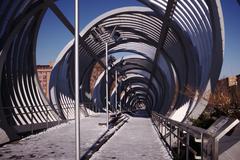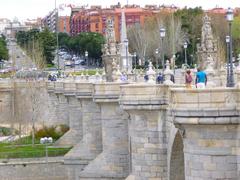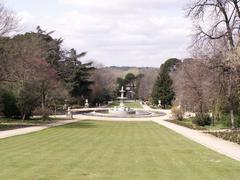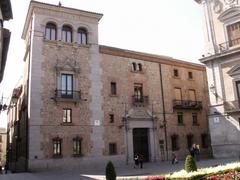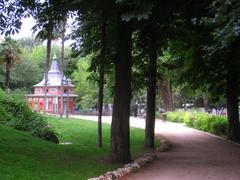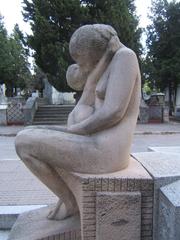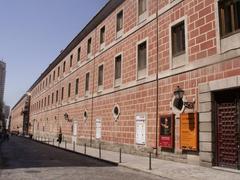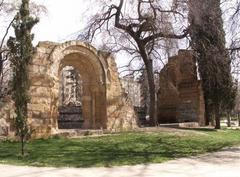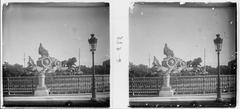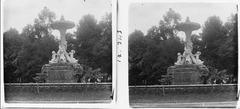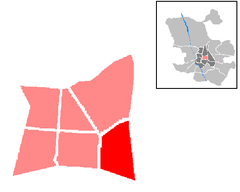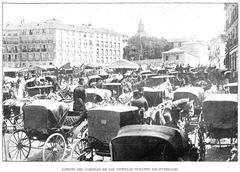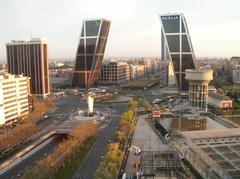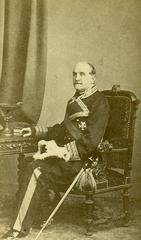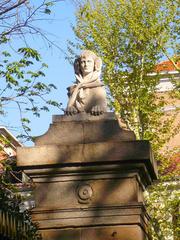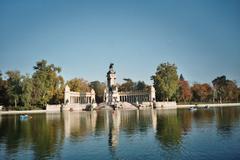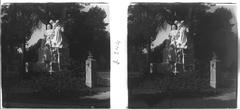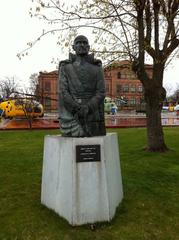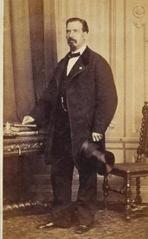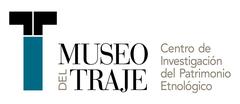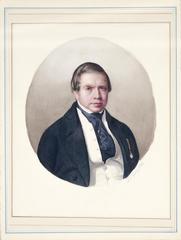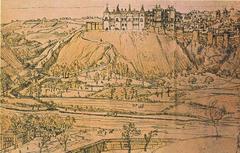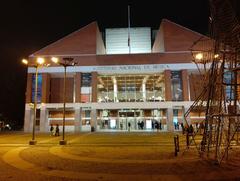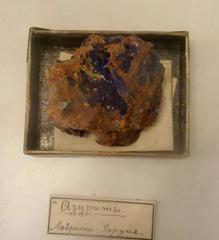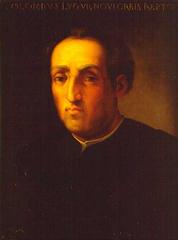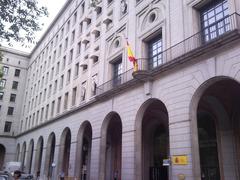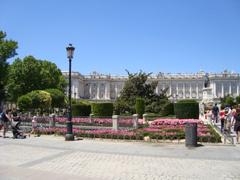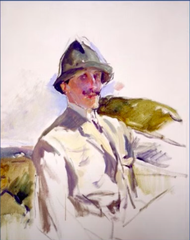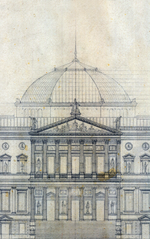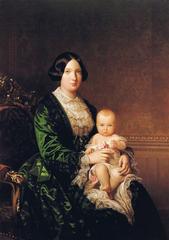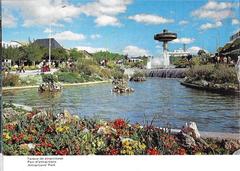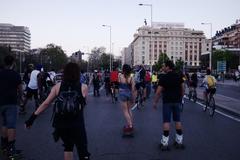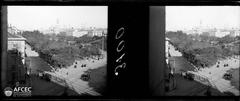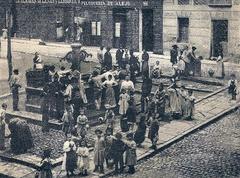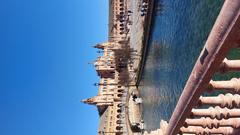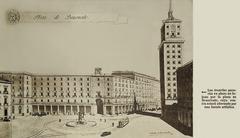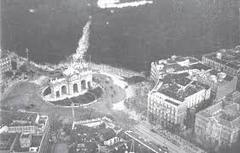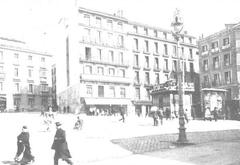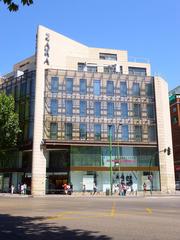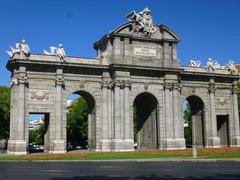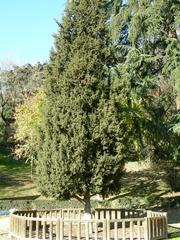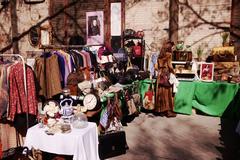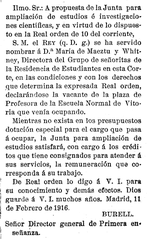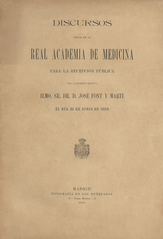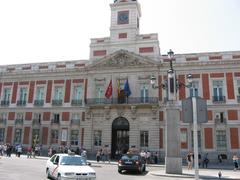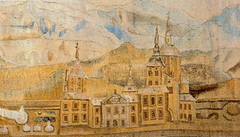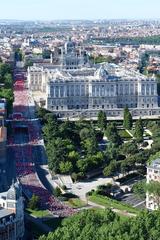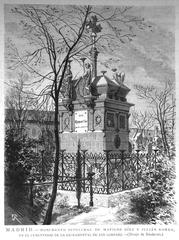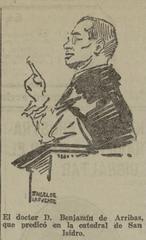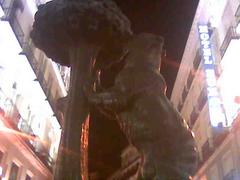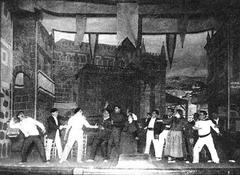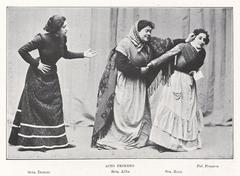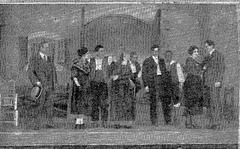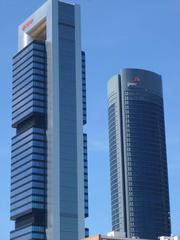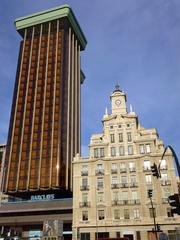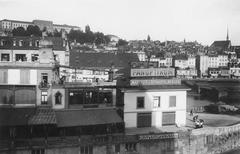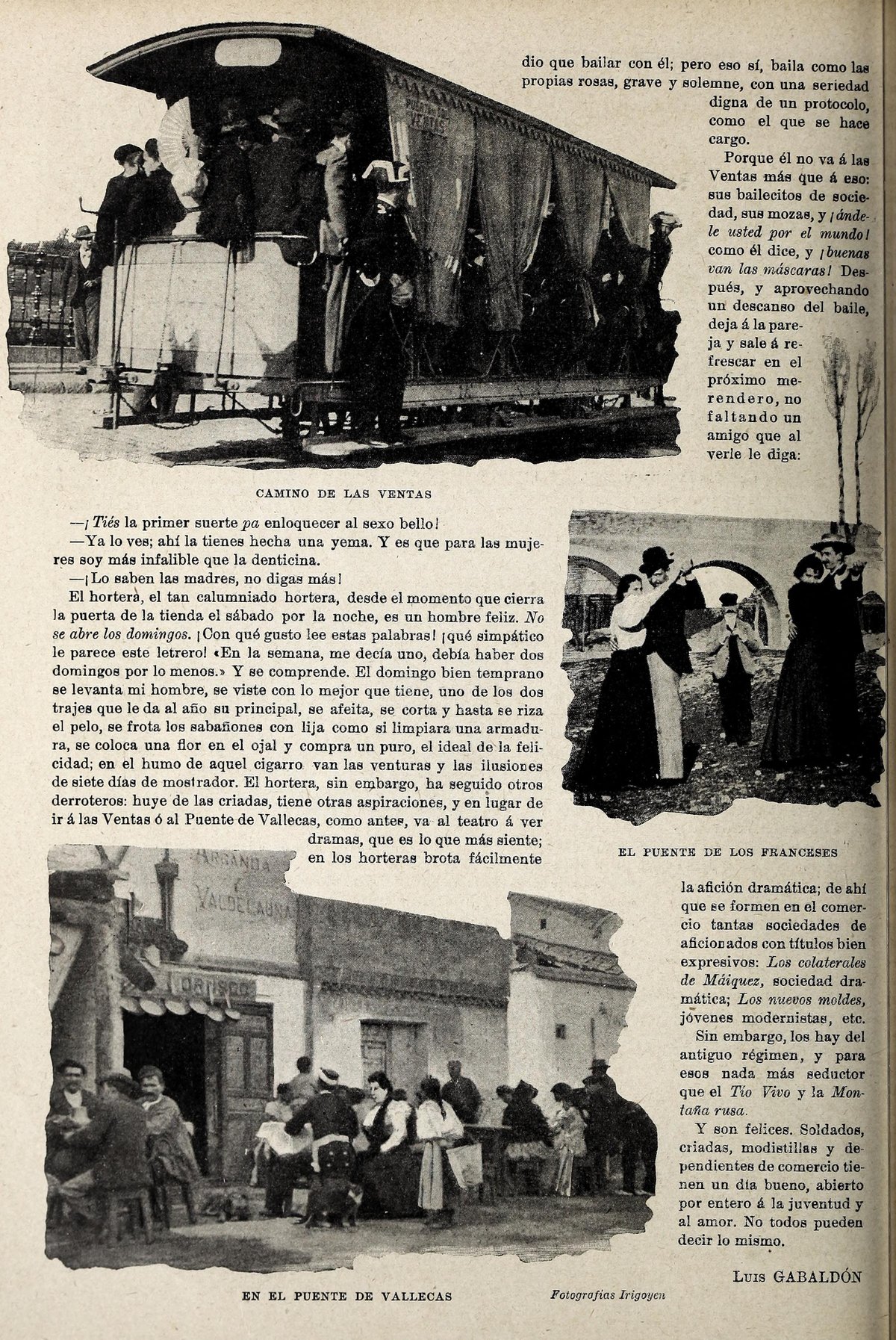
Comprehensive Guide to Puente de los Franceses, Madrid
Published Date: 19/07/2024
Introduction
Today, the Puente de los Franceses is more than just a historical artifact; it is a serene pedestrian bridge offering stunning views of the Manzanares River and nearby landmarks such as the Casa de Campo and the Royal Palace. This guide aims to provide a comprehensive overview of Puente de los Franceses, covering its history, architectural features, and visitor information to make your visit both informative and enjoyable.
Table of Contents
- [History and Significance of Puente de los Franceses](#history-and-significance-of-puente-de-los-franceseshistory-and-significance-of-puente-de-los-franceses)
- [Early Beginnings and the Peninsular War](#early-beginnings-and-the-peninsular-warearly-beginnings-and-the-peninsular-war)
- [The Battle of Madrid and the Bridge’s Name](#the-battle-of-madrid-and-the-bridges-namethe-battle-of-madrid-and-the-bridges-name)
- [Reconstruction and Later Years](#reconstruction-and-later-yearsreconstruction-and-later-years)
- [A Symbol of Resilience and Transformation](#a-symbol-of-resilience-and-transformationa-symbol-of-resilience-and-transformation)
- [Modern Significance](#modern-significancemodern-significance)
- [Current Use and Attractions](#current-use-and-attractionscurrent-use-and-attractions)
- [Visiting Puente de los Franceses](#visiting-puente-de-los-francesesvisiting-puente-de-los-franceses)
- [Visiting Hours and Tickets](#visiting-hours-and-ticketsvisiting-hours-and-tickets)
- [Travel Tips and Accessibility](#travel-tips-and-accessibilitytravel-tips-and-accessibility)
- [Nearby Attractions](#nearby-attractionsnearby-attractions)
- [Special Events and Guided Tours](#special-events-and-guided-toursspecial-events-and-guided-tours)
- [Best Photographic Spots](#best-photographic-spotsbest-photographic-spots)
- [Frequently Asked Questions (FAQ)](#frequently-asked-questions-faqfrequently-asked-questions-faq)
- [Conclusion](#conclusionconclusion)
- [References and Sources](#references-and-sourcesreferences-and-sources)
History and Significance of Puente de los Franceses
Despite its name, the “Bridge of the French,” Puente de los Franceses, has a history deeply intertwined with Spanish conflicts and holds a significant place in Madrid’s historical narrative.
Early Beginnings and the Peninsular War
The bridge’s origins can be traced back to the early 18th century, during the reign of King Philip V, the first Spanish monarch from the House of Bourbon. While the exact date of construction remains unclear, historical records suggest its existence prior to the Peninsular War (1807-1814). During this tumultuous period, when Napoleon’s forces occupied Spain, the bridge played a pivotal role in the conflict.
The Battle of Madrid and the Bridge’s Name
The bridge’s name, Puente de los Franceses, originates from a significant event during the Peninsular War. In 1812, during the Battle of Madrid, French troops under the command of Joseph Bonaparte, Napoleon’s brother, attempted to defend the city against advancing Anglo-Portuguese forces led by the Duke of Wellington. The bridge, then a simple wooden structure, served as a crucial crossing point over the Manzanares River.
The French forces, realizing the strategic importance of the bridge, fortified it heavily to prevent Wellington’s troops from entering the city. The ensuing battle for control of the bridge was fierce, resulting in heavy casualties on both sides. Ultimately, the French forces were defeated, and the bridge fell into the hands of the victorious Anglo-Portuguese army. It is believed that the bridge acquired its name, “Puente de los Franceses,” due to the significant number of French soldiers who lost their lives defending it.
Reconstruction and Later Years
Following the war, the bridge was rebuilt in 1814, this time using more durable materials. However, this structure, too, met an unfortunate end when it was destroyed during the Spanish Civil War (1936-1939). The bridge we see today is a product of post-war reconstruction efforts, completed in 1942 during the Franco regime.
A Symbol of Resilience and Transformation
Despite its turbulent past, marked by conflict and destruction, Puente de los Franceses stands today as a testament to Madrid’s resilience and ability to rebuild. The bridge serves as a tangible link to the city’s rich history, reminding us of the struggles and triumphs that have shaped its identity.
Modern Significance
Current Use and Attractions
Today, Puente de los Franceses is no longer a site of military significance but rather a peaceful pedestrian bridge. It offers picturesque views of the Manzanares River and its surroundings, including the Casa de Campo park and the Royal Palace. The bridge has become a popular spot for locals and tourists alike to enjoy leisurely walks, take in the scenery, and reflect on the city’s past.
Visiting Puente de los Franceses
Visiting Hours and Tickets
Puente de los Franceses is accessible to visitors 24 hours a day, year-round, and there is no entrance fee. This makes it an attractive option for those looking to explore Madrid’s historical sites without incurring additional costs.
Travel Tips and Accessibility
The bridge is easily reachable by public transportation. The nearest metro station is Lago (Line 10), and several bus routes pass close by. The site is wheelchair accessible, ensuring that all visitors can enjoy its historical and scenic offerings.
Nearby Attractions
When visiting Puente de los Franceses, consider exploring nearby attractions such as Casa de Campo, a vast urban park perfect for picnics and leisurely walks, and the Royal Palace, which offers guided tours and a glimpse into Spain’s royal history.
Special Events and Guided Tours
Although Puente de los Franceses does not host regular special events, guided tours of Madrid’s historical sites often include the bridge as a point of interest. These tours provide in-depth historical context and enrich the visitor experience.
Best Photographic Spots
For photography enthusiasts, the best spots to capture the essence of Puente de los Franceses are from the banks of the Manzanares River, where the bridge’s arches create a striking visual against the water. Sunset offers particularly stunning lighting for memorable photos.
Frequently Asked Questions (FAQ)
Q - What are the visiting hours for Puente de los Franceses?
A - The bridge is open to the public 24/7.
Q - Is there an entrance fee for Puente de los Franceses?
A - No, visiting the bridge is free of charge.
Q - How can I get to Puente de los Franceses?
A - The bridge is accessible via the Lago metro station (Line 10) and several nearby bus routes.


